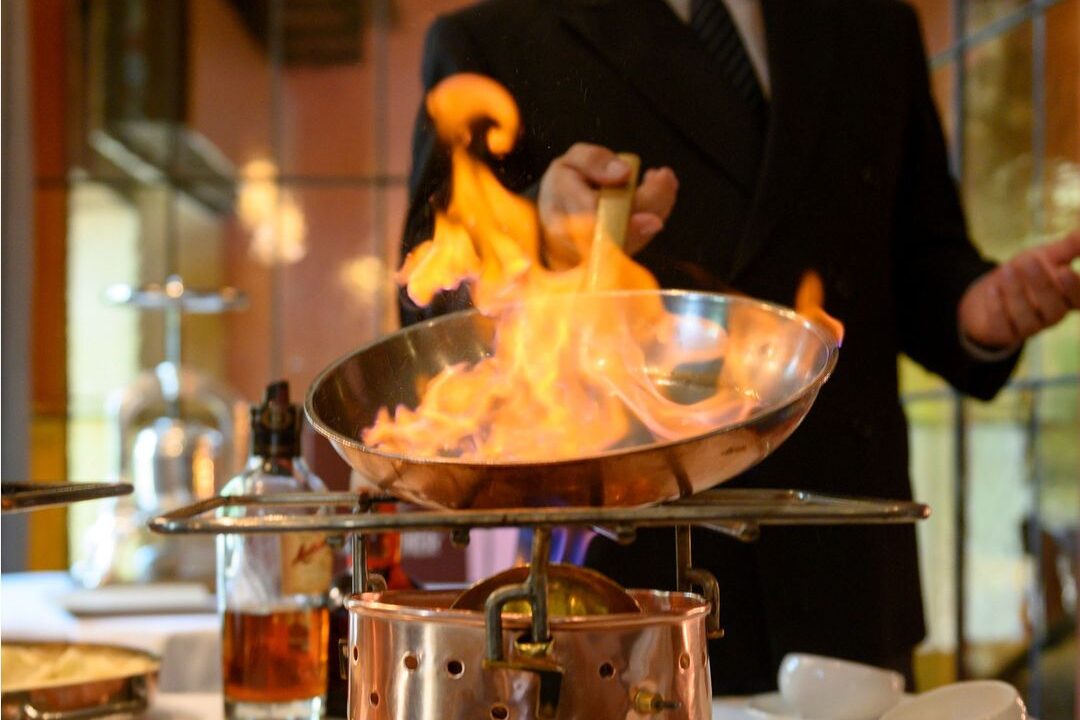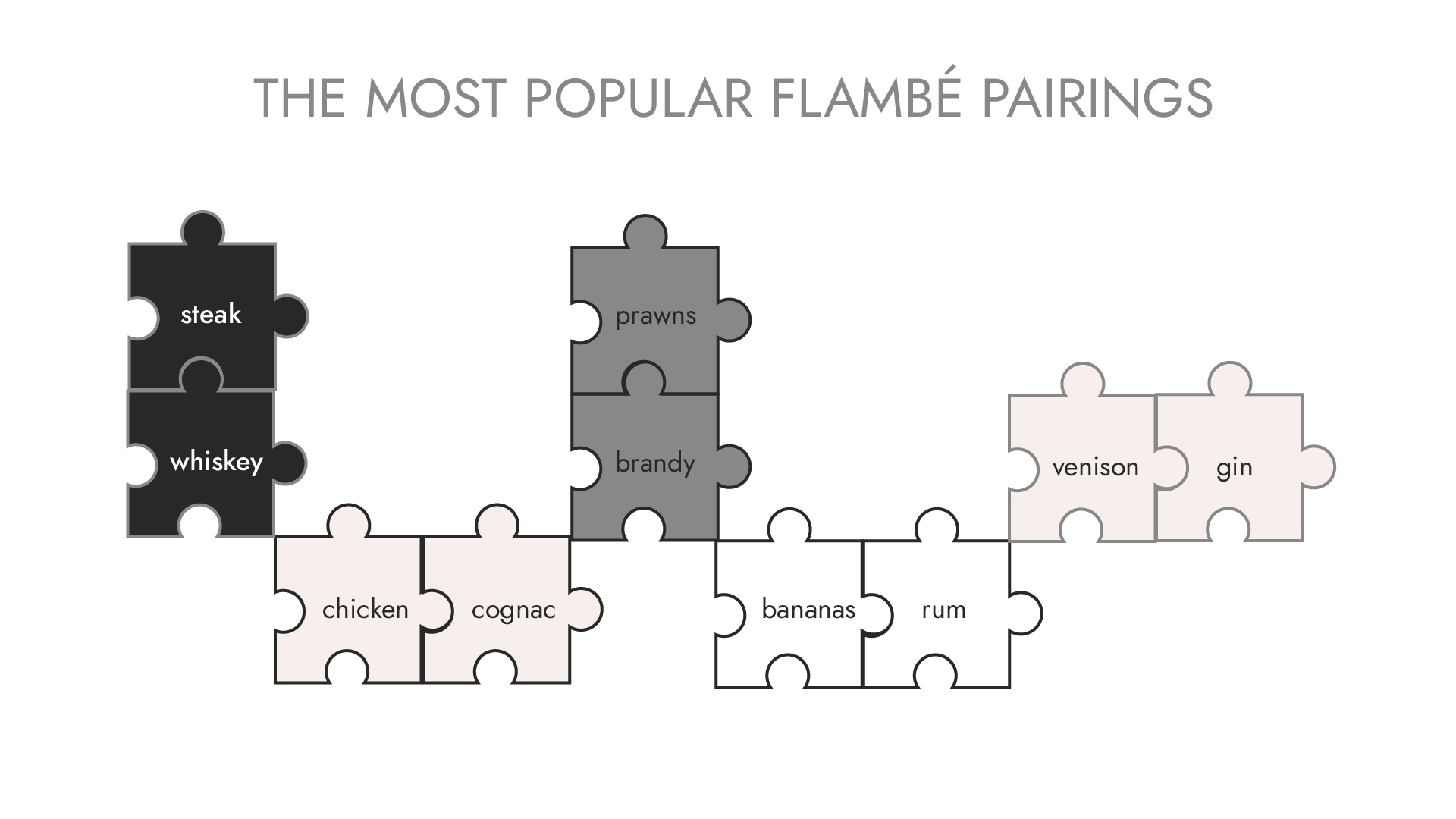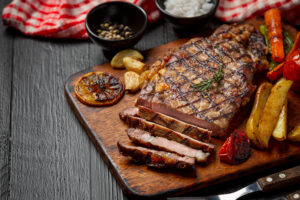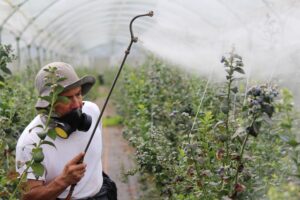
Flambéing

A spectacular way of thermal processing, but is there more to it?
The name “flambe” comes from the French “flambé” and means “to set fire to”, which perfectly reflects the nature of this culinary technique. This heat treatment is believed to have originated in Asia. There it was used to prepare seafood and fish. The first mentions in Europe come from Charles Dickens’ 1843 novella “Christmas Novel”.
Types of flambé
There are two ways to flambé. The first is to set fire to the fat in which the food is fried. The second – the most famous – is to sprinkle alcohol on the dish and set it on fire before serving. Flambéing should not take more than 30 seconds. After this time, extinguish the fire by cutting off the oxygen supply, e.g. by covering the pan with a lid. You can also flambé directly on the plate. However, then the flame burns for a minute. That is why it is important to set fire to the dish at the right moment in front of guests, while maintaining safety rules. In addition, due to the fact that a flame is formed after burning, the temperature on the surface of the food also increases. It caramelizes sugar, which increases the taste and browns the dish.
Alcohol oxidizes with flames. It leaves the taste and aroma of the drink on the dish. Alcohol should be 40 – 60%, so champagne, beer or wine will not work. The most popular food and alkohol pairings are:

In the case of fruit spirits, they are usually used for desserts made from the same fruit. For example, cherry vodka can be used for dessert with cherries. However, there are exceptions, such as flambéing smoked meats with slivovitz.
How to do it?
Heat the alcohol until bubbles appear. Ethanol is then released which is flammable. Too cold liquor will be impossible to ignite. On the other hand, you can’t bring the liquid to a boil, because then all the alcohol will evaporate. Once it reaches the right temperature, pour the whole thing into the pan with the food.
Gently mix everything together, then carefully tilt the pan to create a small pool. It makes it easier to ignite the fumes with a match. Use a metal lid to smother the flames. The burnout time of the ethanol depends on the alcohol voltage and the effect you want to achieve. If you want a strong flavor, finish flambéing sooner. If you want to completely get rid of the percentage, then wait until the fire goes out by itself. Serve the finished dish immediately after cooking.
Flambéing allows you to diversify the taste. It leaves a delicate caramel aftertaste. At last but not least, flambéing is a live spectacle that will delight everyone in the hands of a professional.









https://iloveroom.co.il/room/דירות-דיסקרטיות-בקריות/
2023-05-08Good post. I learn something new and challenging on blogs I stumbleupon on a daily basis. Its always exciting to read content from other authors and use a little something from other web sites.